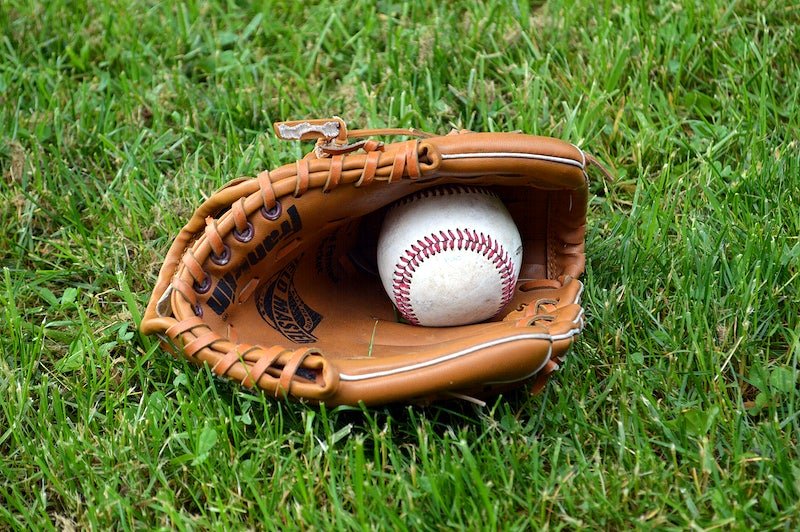
If you’ve recently developed an interest in major league baseball, then you need to understand that baseball is a metrics game. How well you understand the concept of odds can make or break your bets. In baseball, odds are not just numbers; they provide a wealth of information that gives you a betting advantage.
In this article, we provide a comprehensive overview of baseball betting odds to help you get started on your betting journey. We go into detail on how to read and interpret baseball betting odds. So, keep reading if you want to understand MLB odds so you can make more informed baseball betting picks.
Overview of Baseball Betting Odds
Betting odds are important because of what they represent. Baseball betting sites use odds to tell you how a game could play out and how much you would win when you bet on an outcome. They calculate these odds based on teams’ recent performance, head-to-head history, players’ conditions, and expert analysis.
Types of Betting Odds
Major league baseball betting odds appear in three major formats: american, fractional, and decimal. Each format provides the same information, just in different ways. The American odds typically have 3 numbers with either a plus or minus sign and are most commonly used by bookmakers in the US. Here is a breakdown that makes the American odd format easy for you to understand;
- Positive figures (+): Positive American odds represent how much you stand to win plus your stake if your bet is successful. For example, the Toronto Blue Jays have odds of +200. This means if you place a $200 bet on the Blue Jays, you will win $200 plus your initial stake, rounding up your payout to $400.
- Negative figures (-): This type of odds indicates how much you need to stake to win $100. For example, the Baltimore Orioles have odds of -150. This means you must wager $150 on the orioles to win $100, rounding up your payout to $250.
Types of Bets in Baseball
There are three major types of bets you can place on major league baseball games: Moneyline, Over/Under, and Runline. Here is everything you need to know about these bets and how they affect your odd payouts;
Moneyline Bet
Money is the most popular type of bet because it is easy to understand and does not require advanced baseball betting strategies. With moneyline bets, all you’re doing is picking if the favorite or underdog team will win outright.
The team with the positive odd figure is the underdog, which means bookmakers predict that they are less likely to win the matchup. Meanwhile the team with negative figures are the favorites, which means bookmakers predict that they will win the matchup.
For instance, the Baltimore Orioles are playing against the Houston Astros. The Orioles are listed as favorites at -200, and the Astros as underdogs at +150. This means if you bet $200 on the Orioles and they win, you will get your $200 and $100 profit, rounding your payout to $300. However, if you bet $100 on the Astros and they win, you will get your stake back plus $150 profit, rounding your payout to $250.

Run Line Bets
This bet is the baseball version of betting against the spread. In baseball, bookies give the underdogs a pre-game head start, and you need to determine if you think the favorites are good enough to cover the run line. The standard run line in baseball is a fixed point spread of 1.5 runs.
Typically the underdogs are set to win at +1.5 and the favorites at -1.5. This means the underdogs can lose or win by less than two runs to cover the run line. Meanwhile, the favorites must win two or more runs to cover the run line.
For example, the Baltimore Orioles are listed at -1.5 (-160) and the Houston Astros at +1.5 (+130). If you place an online bet on the Orioles, they need to win by 2 or more runs for your bet to pay off. If you choose to take your chances on the Astros, they will need to avoid being defeated by the Orioles by two or more runs.
Over/Under (Totals) Bets
This type of bet involves predicting the total amount of runs you think both teams will score at the end of the game. Bookies will set a total number of runs for each matchup. Then, you are required to bet on whether or not both teams’ total runs will be more or less than the number set by the bookies.
For instance, bookmakers set a total of 8 runs for a game. If you think the teams playing will score more than 8 runs, then you will bet on the over (e.g. 8.5 runs or more). If you think the teams playing will score less than 8 runs, you will bet on the under (e.g., 7 runs or fewer). Example; The Orioles vs. Astros are listed at
- Over 8 (-200)
- Under 8 (+150)
If, by your analysis, both teams have great forms and the weather conditions may favor the hitters, you can bet over them. However, you may want to consider betting under if both teams have their best pitchers on the lineup.
Mastering Baseball Betting Odds
Odds can change as weather conditions, player injuries, and lineup changes influence them. This is why you should constantly observe odds and stay abreast of new information regarding the match before placing a bet. Also, compare the odds different bookies offer for a match; small differences can affect your potential betting returns. In baseball, successful betting goes beyond picking a winner, but betting wisely using insights gathered from stats and odds.




